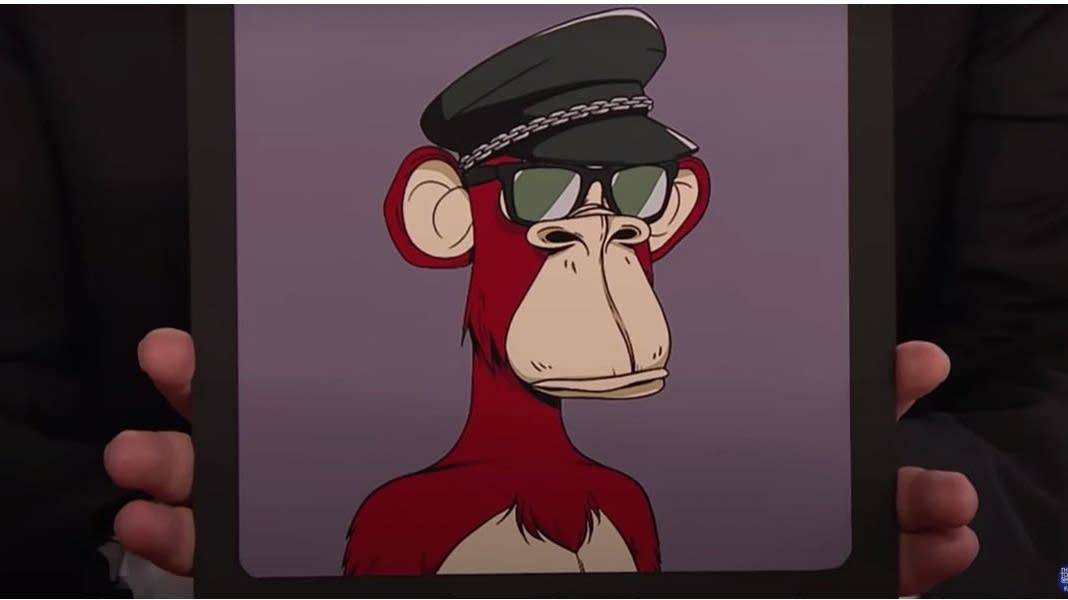Celebrities and artists are in Minneapolis this week for a first-of-its kind NFT conference. NFTs, or non-fungible tokens, are one-of-a-kind digital artworks that have generated both excitement and serious environmental, economic and ethical concerns.
Minneapolis College of Art and Design Vice President of Academic Affairs Robert Ransick ran into these concerns head on recently when the college faced backlash for offering a class on NFTs. He joined host Tom Crann to discuss the concerns and the future of NFTs.
Hear the full conversation by using the audio player above or reading the transcript below. It has been lightly edited for clarity and length.
Well, a non-fungible token is a digital artwork. The significant difference is that the non-fungible token has with it what is called a “smart contract.” The smart contract provides the terms of the ownership and that is stored within the blockchain.
A blockchain is really a ledger system of recording information. So it will track if there's a transfer of ownership. In some cases, artists within the smart contract have some sort of royalty that is paid to them during that transfer of ownership.
Well, I think Kevin's initial instinct in 2014 was to create a pathway for makers of digital artwork to sell that to audiences that wouldn't necessarily have to be engaged through a gallery system. He was also very interested in the kind of smart contract we just discussed, where artists would receive royalties if a piece was resold.
What happened is enrolled undergraduate students and some of our alumni were unhappy because the way the course description was written did not clearly articulate a more three-dimensional approach that included criticisms and some of the problems associated with NFTs.
That's correct, so carbon emissions from the power and the energy that is used to run the blockchain. But also, there are concerns from artists about work being stolen and put on the blockchain as NFTs without the original maker's knowledge. There are also concerns that this is a scheme and that it's not faced with any regulations or protection.
Artists have historically engaged new technologies or emerging technologies. The internet is a prime example. In the late 60s, early 70s, when artists were beginning to step into that space, others were quite critical because they saw it as a Department of Defense kind of project. And we all know the internet began with the Department of Defense. But, I firmly believe — and this is my stance as one of the leaders of an educational institution — that we have an obligation to provide a platform for these kinds of dialogues, so that artists can engage with knowledge and understanding, and a deep criticality to help give shape to what this space becomes.
You make MPR News possible. Individual donations are behind the clarity in coverage from our reporters across the state, stories that connect us, and conversations that provide perspectives. Help ensure MPR remains a resource that brings Minnesotans together.
Donate today. A gift of $17 makes a difference.

